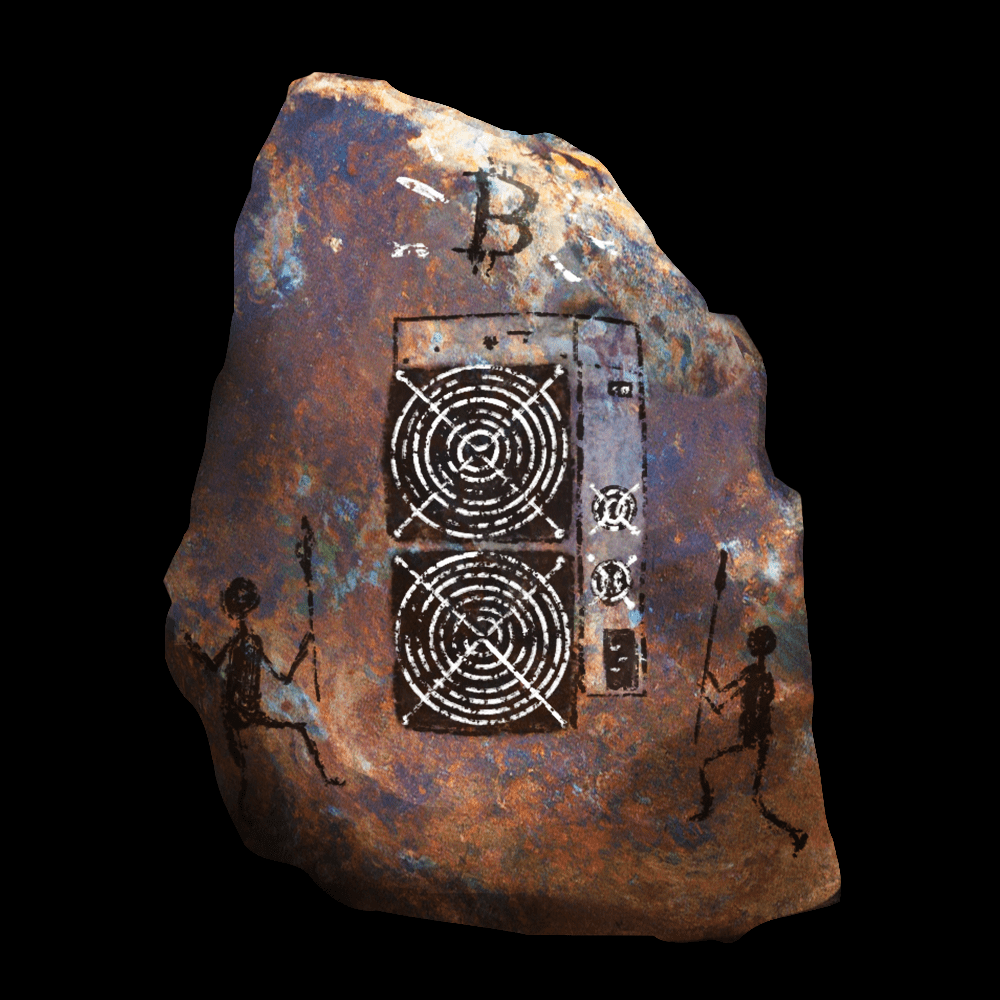


Ordinal hype shows little signs of slowing down. While so-called “Bitcoin monetarists”equate Ordinal Inscriptions with toxic spam, threatening the very state of the network, NFT enjoyers herald Ordinals as Bitcoin’s saving grace that might even return the orange coin to the forefront of cryptocurrency adoption.
Ordinal inscriptions have changed the state of mainnet fees and node operational considerations, arguably for the better.
An inscription lives in a transaction's witness field, where up to 4 MB of data can be stored. If every transaction's witness field were filled, Bitcoin's blockchain would grow by approximately 1TB every four years. Node operators must therefore upgrade their hardware more frequently to run a full node, particularly those with older hardware or economic constraints.
Average fees are poised to rise over the long term as increased demand for Inscriptions fills blocks. This phenomenon can already be observed in March, where 1 sat/byte txs became a minority in the mempool as more bitcoiners set their transactions to 2 sats/byte or greater.
We can model the effect on demand from first principles. If Inscriptions continue to fill blocks, the supply side of the fee market decreases, while increased demand simultaneously raises fees. The result is higher fees and a lower mainnet tx throughput.
Fungibility?
Laying transaction market dynamics aside, Ordinal theory poses new questions for Bitcoin’s monetary nature, particularly its fungibility. Anyone can use Ordinal theory to track an Inscription in the blockchain, a method for inscribing every single satoshi with a unique identifier.
The unique identifiers can be tracked throughout transactions, where sats containing Inscriptions can be traded, enabling a growing NFT market on Bitcoin's mainchain.
One counter is that not many people use or care about Ordinals; thus, the ability to track every single sat does not pose a severe threat to Bitcoin’s fungibility. While this is currently true, if Bitcoin Inscriptions become the dominant NFT minting and trading platform, or if Bitcoiners start collecting ‘rare’ or ‘special’ sats, Ordinal theory will see continued adoption. Increased ordinal software usage will increase the number of eyes tracking sats on chain, decreasing fungibility.
Boycott Ordinals?
While it may seem like Bitcoin is naturally evolving to meet market demand, Bitcoin monetarists argue that bitcoin’s mainchain is becoming muddied with NFTs as opposed to transactions that drive bitcoin’s monetary narrative.
Their solution? Lobby to boycott inscriptions away from Bitcoin by determining particular transactions to be invalid; for example, nodes will not accept a transaction with a fee less than 1 sat/byte.
Unfortunately for the monetarists, profit-motivated miners are unlikely to pass up on the extra sats ordinals provide. There are valid concerns against Inscriptions, such as inscribing ‘ultra-malicious’ data to the Bitcoin blockchain to incriminate all Bitcoin node operators. However, I believe monetarists overlook the current opportunity to enhance bitcoin’s monetary properties and distribution.
NFTs split the cryptocurrency community over the last couple of years. Ordinals have the potential to re-unite the cryptocurrency community behind Bitcoin, or at the very least bring NFT enjoyers back into the fold.
Monetarists ought to be empowered by the opportunity to increase the development and future adoption of something like non-custodial lightning wallets. The NFT crowd managed to penetrate the social consciousness with NFTs–perhaps the bitcoin community can use those same skills to bring sound, digital money to the masses in a way that bitcoin monetarists, such as myself, have struggled to do in the past several years? Ultimately, inscriptions and ordinals are not going anywhere–there is no open petition to Bitcoin’s CEO. Those in favour and opposed to Ordinals need to accept the current state of Bitcoin and use it to drive Bitcoin forward.
